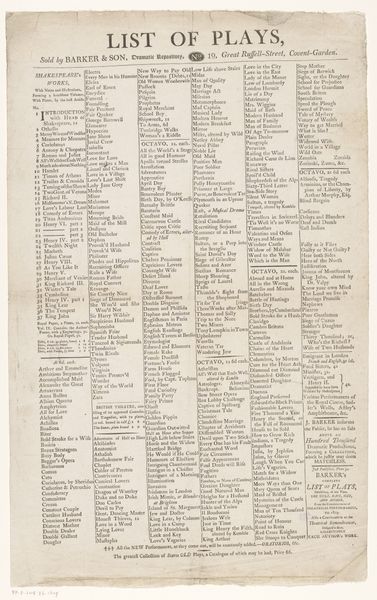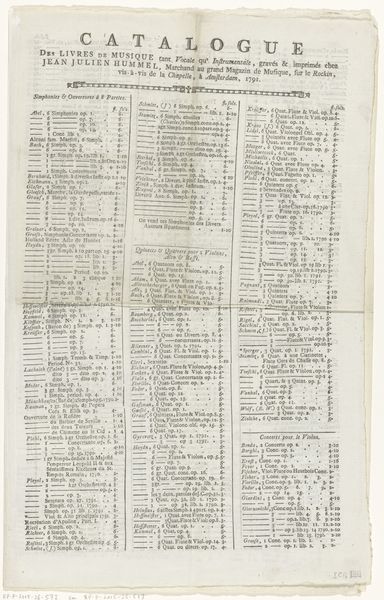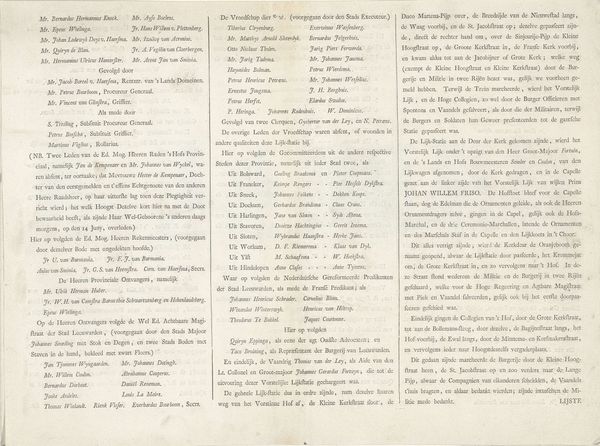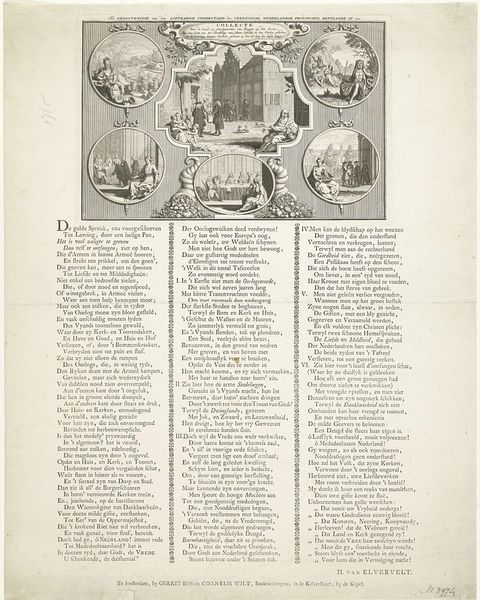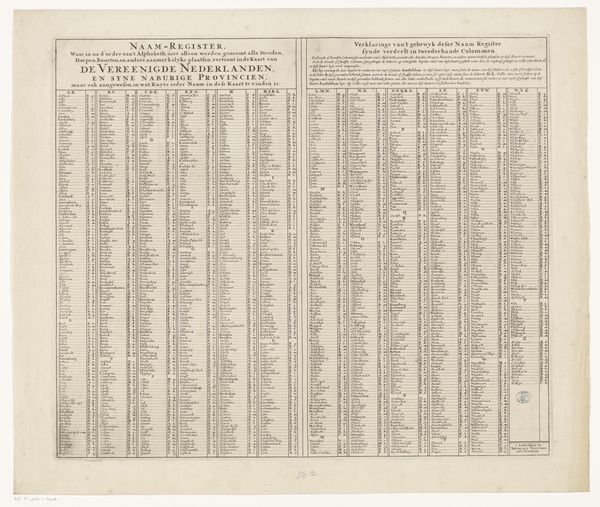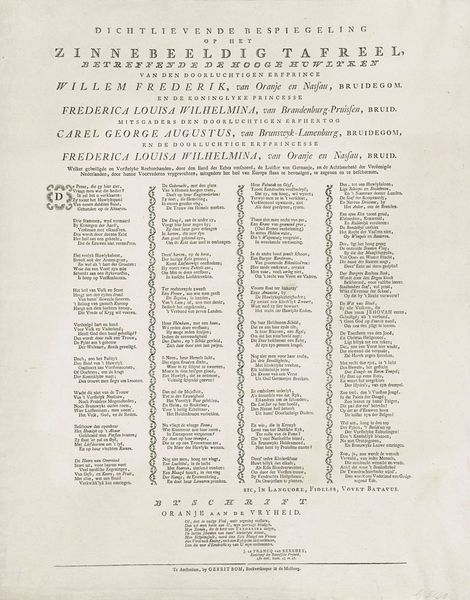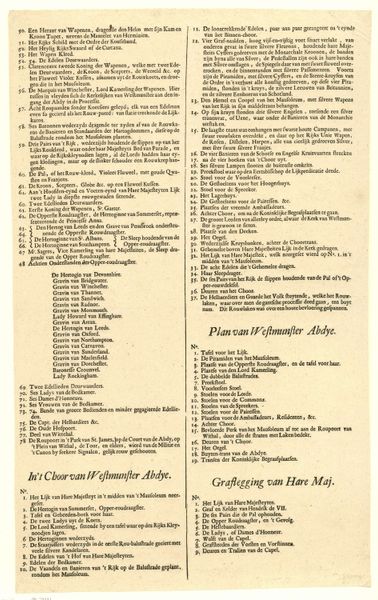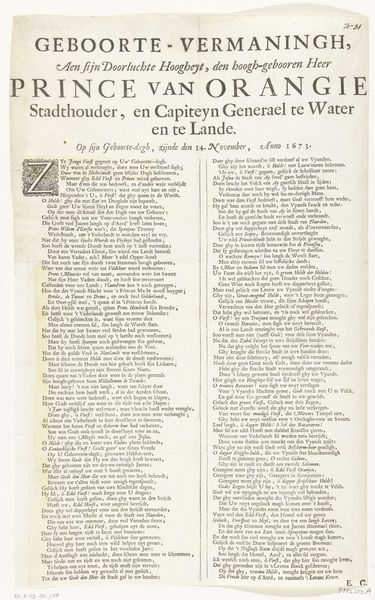
print, engraving
#
portrait
#
baroque
# print
#
history-painting
#
engraving
Dimensions: height 115 mm, width 90 mm, height 376 mm, width 265 mm
Copyright: Rijks Museum: Open Domain
Curator: Looking at this detailed engraving from 1644 by Pieter Nolpe, now housed at the Rijksmuseum, you’re immediately met with... a lot. Rows of names flanking a portrait. It’s titled "Portret van Paus Innocentius X," or Portrait of Pope Innocent X. What's your initial reaction? Editor: Overwhelming! It feels like an infographic meets Renaissance portraiture. My eyes don't know where to land first—on that striking papal image, or the columns of densely packed text surrounding him. A portrait that functions almost like propaganda—impressive scale with granular information for an inquiring public. Curator: Propaganda is a strong word, but let’s examine the symbols used. Innocent X is portrayed within an oval frame, reminiscent of a classical cameo. Notice his vestments. Those garments, laden with symbolic embroidery, are powerful signifiers. How do those vestments translate across time, carrying so much historical weight, yet becoming almost static in their repetition? Editor: Indeed. He's the focal point, framed by what looks like lists of names, almost bureaucratic, grounding his image in historical record. It visually anchors him within the long lineage of the papacy—establishing his authority, but also placing him inside socio-political structures. A symbolic statement on who he is and the office he holds, speaking as much to posterity as to the contemporary audience. Curator: And that lineage, listed on either side of the Pope: birthplaces and the lengths of reigns of previous Popes starting with Saint Peter himself. The 'olive branch' at the bottom, symbolising peace – also subtly communicates the hopes placed on Innocent's reign during a time of widespread religious conflict in Europe. He must project peace and order and continuity during social upheaval. Editor: Right—he is essentially promising stability amidst conflict. Beyond religious faith and tradition, Pieter Nolpe understands something fundamental about power and public perception here. This print isn't just art; it is strategic messaging, tailored for the educated public consuming such imagery—the literate, the politically invested. It makes the spiritual both legible and quantifiable. Curator: Yes, seeing this, a layered combination of portrait and record, really demonstrates how the visual and the textual could be deployed in Baroque art to convey messages about power, history and enduring legacy. Editor: And in analyzing such a document we see echoes of this tradition in everything from modern campaign posters to informational graphics, understanding how visual communication shapes, and is shaped by, politics and memory.
Comments
No comments
Be the first to comment and join the conversation on the ultimate creative platform.
